GENERAL DATA
Plant parts: Flower, kernel, kernel oil and resin
Cultivation mode: Wild collection
In manufacturing: Pharmaceutical and Cosmetics
In food: Different Food, Confectionary and Nuts
🌰 Industries That Use Wild Almond (Prunus lycioides Spach)
Wild Almond, also known as Amygdalus lycioides, is a resilient, thorny shrub bearing small, hard-shelled nuts native to Iran, Afghanistan, and neighboring regions. Unlike domesticated almonds (Prunus dulcis), this species is valued more for its medicinal, ecological, and cosmetic applications than for culinary use.
1. Pharmaceutical & Traditional Medicine Industry
The kernels of Prunus lycioides have been used in Persian traditional medicine for their anti-inflammatory, emollient, and digestive-supporting properties.
Applications:
-
Ground kernel used in herbal pastes or oils
-
Applied for joint pain, inflammation, or nerve discomfort
-
Emollient agent in skin-nourishing ointments and balms
✅ Contains fixed oils, tannins, and trace cyanogenic glycosides (requires cautious handling)
2. Cosmetic & Personal Care Industry
Wild almond oil extracted from the kernels is valued in cosmeceuticals for its moisturizing and antioxidant effects.
Applications:
-
Emollient oils for dry or sensitive skin
-
Natural base in soaps, creams, and body oils
-
Traditional hair-conditioning oils in rural communities
✅ Compared to sweet almond oil, this oil is richer in polyphenols and often used in artisan skincare
3. Environmental & Ecological Applications
As a native shrub, Prunus lycioides is essential in rangeland management, soil stabilization, and biodiversity conservation in Iran’s mountainous drylands.
Applications:
-
Used in ecological restoration and anti-erosion planting
-
Pollinator-friendly shrub attracting bees and insects
-
Drought-tolerant species ideal for reforestation in arid zones
✅ Valuable for carbon sequestration and native plant landscaping
4. Animal Feed Industry (Traditional Use)
In some traditional settings, the leaves, pods, and shells of Prunus lycioides are used as forage material or supplementary feed for goats and sheep.
Applications:
-
Mixed into livestock feed in arid rural regions
-
Nutrient-rich shell residues used as filler or roughage
✅ Not a commercial feed product but useful in subsistence farming systems
5. Ethnobotanical & Artisan Use
Rural and nomadic communities have historically used wild almonds in local medicine, ritual offerings, and artisanal crafts.
Applications:
-
Burned shells as fragrant coals or insect repellents
-
Hand-pressed oils used in healing rituals
-
Integrated into village cosmetics or scrubs
✅ Considered a wild ancestral species of the cultivated almond
✅ Summary of Key Applications
| Industry | Common Uses |
|---|---|
| Pharmaceutical & Medicinal | Herbal pain relief, skin pastes, emollient decoctions |
| Cosmetic & Skincare | Artisan facial oils, natural moisturizers, dry skin care |
| Ecological & Environmental | Soil stabilization, native reforestation, erosion control |
| Animal Feed (Traditional) | Rural fodder supplement, shell roughage |
| Ethnobotanical Use | Ritual oils, folk repellents, natural crafts |
🌿 Key Features of Prunus lycioides:
-
Native Range: Iran (Zagros Mountains, Lorestan, Khorasan), Afghanistan
-
Plant Type: Thorny deciduous shrub, highly drought-resistant
-
Nut Type: Small hard-shelled wild almond with bitter kernel
-
Oil Content: ~35–50% in the kernel, rich in unsaturated fatty acids
-
Harvest Season: Late summer to early autumn (August–September)
🌰 Comparison Table: Wild Almond (Prunus lycioides) vs Sweet Almond (Prunus dulcis)
| Feature | Wild Almond (Prunus lycioides) | Sweet Almond (Prunus dulcis) |
|---|---|---|
| Common Name | Wild Almond, Mountain Almond, Iranian Wild Almond | Sweet Almond, Cultivated Almond |
| Origin & Habitat | Native to Iran, Afghanistan; arid and mountainous habitats | Native to Iran/Central Asia; now widely cultivated worldwide |
| Growth Form | Small, thorny deciduous shrub (1–2 m) | Medium-sized deciduous tree (4–10 m) |
| Shell & Kernel Size | Very hard shell, small bitter kernel | Thin shell (soft/hard), large sweet kernel |
| Taste of Kernel | Bitter or pungent due to amygdalin (cyanogenic compounds) | Mild, sweet, palatable |
| Oil Content | 35–50%; rich in polyunsaturated fats | 45–55%; rich in monounsaturated fats (esp. oleic acid) |
| Toxic Compounds | Contains amygdalin; toxic if raw in large quantities | Non-toxic; suitable for direct consumption |
| Culinary Use | Not used in mainstream cuisine; traditionally used after detoxification | Widely used in food, baking, snacks, almond butter & flour |
| Medicinal Use | Traditional Persian remedies (anti-inflammatory, emollient) | Used in Ayurveda, Unani & modern skincare and nutraceuticals |
| Cosmetic Use | Limited artisan use in rural skin/hair products | Extensively used in modern skincare, baby oil, and body care |
| Ecological Role | Soil stabilizer, erosion control, biodiversity enhancement | Primarily an agricultural crop |
| Commercial Cultivation | Not commercially cultivated; wild-harvested | Mass-cultivated in Iran, USA, Spain, Australia |
| Market Availability | Rare, niche herbal/ethnobotanical markets | Global commodity with widespread availability |
| Spiritual/Ethnobotanical | Used in Iranian folk rituals, remedies | Known in ancient texts, rituals (esp. in Mediterranean cultures) |
| Harvest Season | Late summer to early autumn | Late summer (varies by cultivar) |
✅ Key Takeaways:
-
🟤 Wild Almond (Prunus lycioides):
→ Best for ecological conservation, ethnobotanical and small-scale medicinal applications
→ Requires detoxification due to bitter, cyanogenic nature
→ Rare and not suitable for culinary use in raw form -
🤍 Sweet Almond (Prunus dulcis):
→ Widely used in global food, cosmetic, and nutraceutical industries
→ Safe, sweet, and nutrient-rich; rich in Vitamin E and oleic acid
→ A true commercial commodity crop
HARVEST CALENDAR
Feb
Mar
Apr
May
Jun
Jul
Aug
Sep
Oct
Nov
Dec
To order Wild Almond, please contact us.
About Prunus Lycioides
This is the fruit of a small, full-stemmed shrub that reaches one and a half meters in height.
The stems of Prunus Lycioides tree are smooth, green, hairless and their cross section is circular.
The leaves of this shrub are narrow, small, and pointed, they have an almost saw-shaped edge, and they grow in clusters and without petioles at certain intervals on the stems.
Each flower of this shrub has five white, large, almost circular petals, and they are completely separate from each other. They are very similar to the flowers of the sweet almond tree. When its growth is complete, its pods become dry and black.
The shell of Mountain Almond kernel is hard and woody and is similar to common Almond kernel. But Mountain almond is smaller and its shell is smooth and without holes.
This kernel is drop-shaped, pointed, has a thin, brown skin and is smaller than the kernel of common Almond.
Wild Almond Temperament
Hot and moist.
To order Wild Almond, please contact us.
Wild Almond Dose
Up to 20 grams.
To order Wild Almond, please contact us.

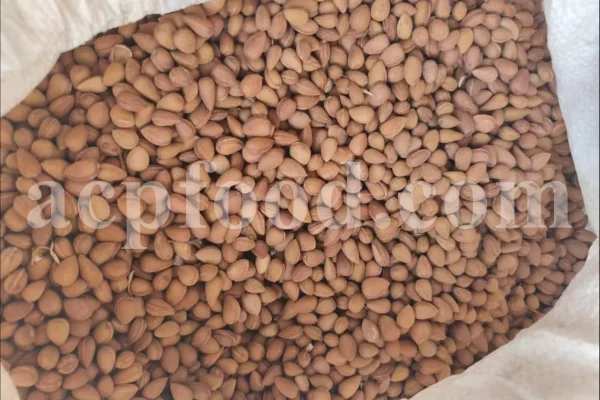

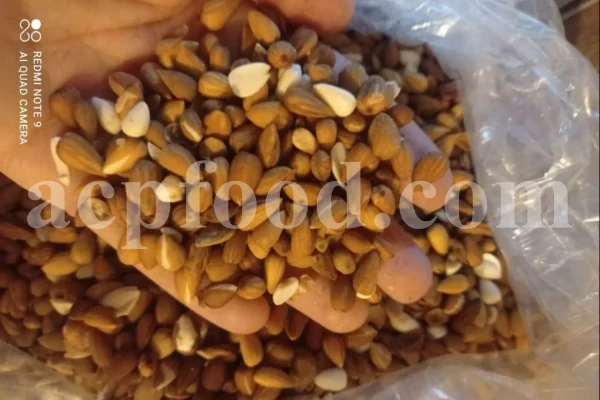
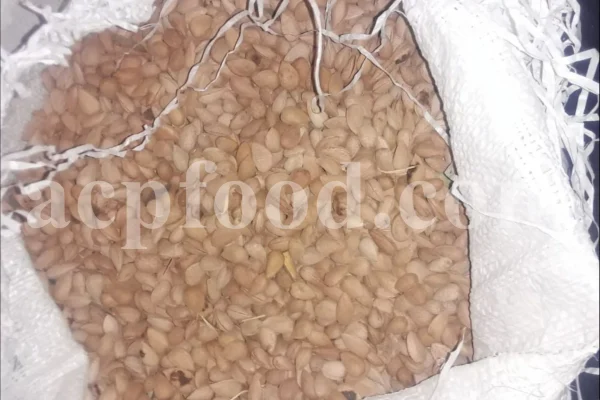
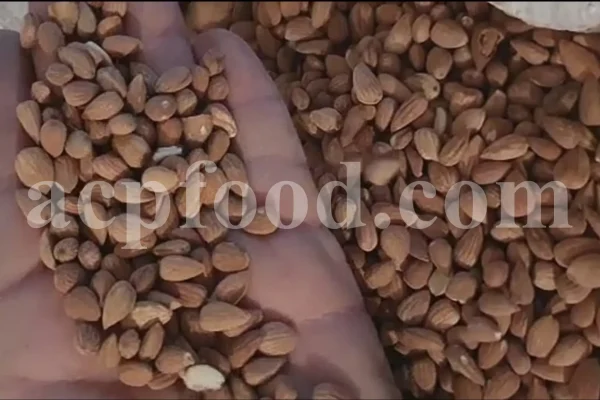

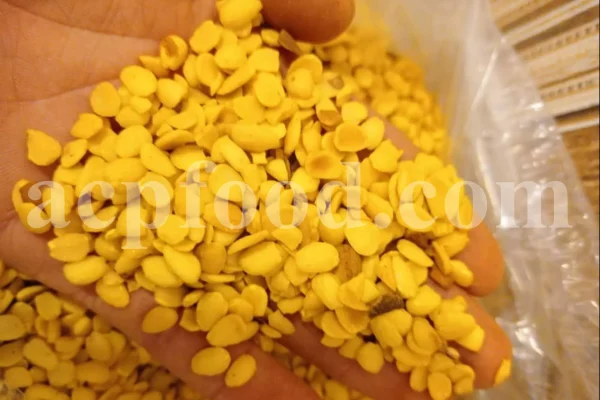


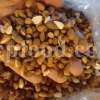



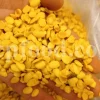
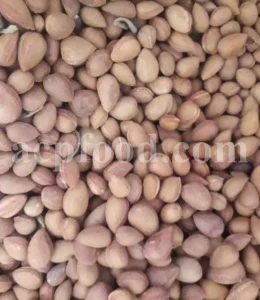
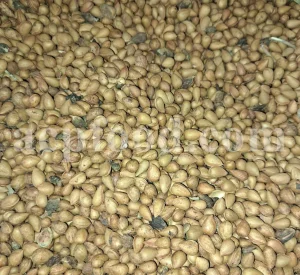

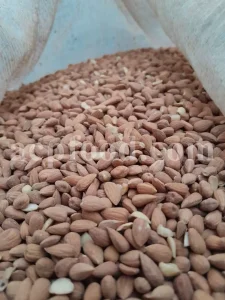
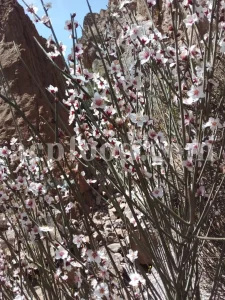
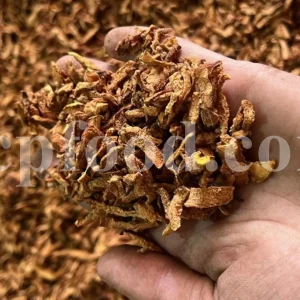
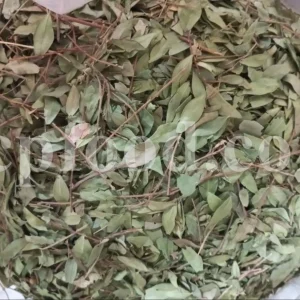
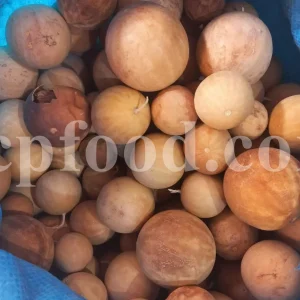
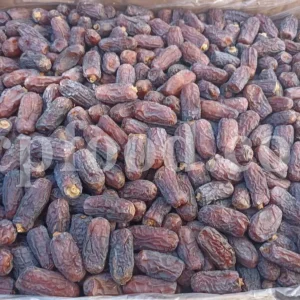
Reviews
There are no reviews yet.